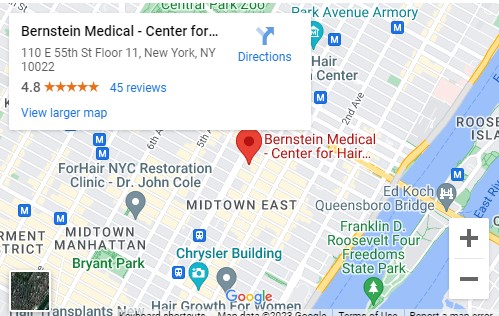Q: How Many Hair Transplants Will I Need? — E.E., New York, N.Y.
A: The first session of a hair transplant should be designed as a stand-alone procedure with the following three goals:
- Establishing a permanent frame to the face by creating, or reinforcing, the frontal hairline.
- Providing coverage to the thinning, or bald, areas of the scalp with the hair transplant extending at least to the vertex transition point.
- Adding sufficient density so that the result will look natural.
Achieving all of these goals will allow the first procedure to stand on its own.
Because of this, many people feel one hair transplant is sufficient.
Reasons for Second Hair Transplant
While the first session of a hair transplant is designed to stand on its own, there are several reasons why one would want a second hair transplant, such as increasing the density in a previously transplanted area; refining the hairline created in the first transplant; focusing on increased crown coverage, when appropriate; or addressing further hair loss that’s occurred after the first transplant.
Because of this last reason, addressing further hair loss, careful patient evaluation and surgical planning is needed to take into account your donor reserve and the likely extent of any future balding in the planning of your first transplant session.
Wait at least 10 to 12 months Before Getting a Second Hair Transplant
If a second transplant is warranted, patients are advised to wait at least 10 to 12 months after the first transplant before considering a second. This is because over the course of the first year, the first transplanted hairs have grown in and the progressive increase in a hair’s diameter, texture and length can markedly change the look of the hair restoration — this may influence the way a patient wants to groom his/her hair, and only after the hair has reached styling length can the patient and physician make the best aesthetic judgments regarding the placement of additional grafts.
For patients having an FUT (strip) procedure, another reason to delay a second hair transplant session for this time period is that scalp laxity will continue to improve making the donor hair easier to harvest.
You can view our Hair Transplant Photos by the number of sessions each patient has had:
Posted by





